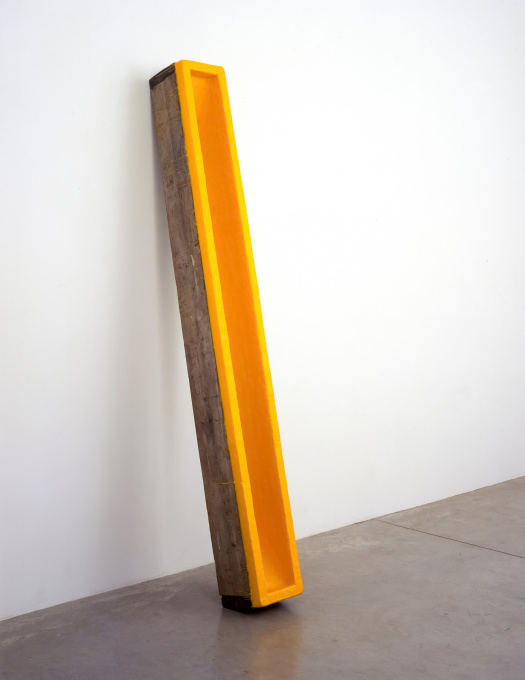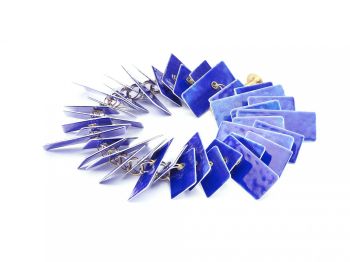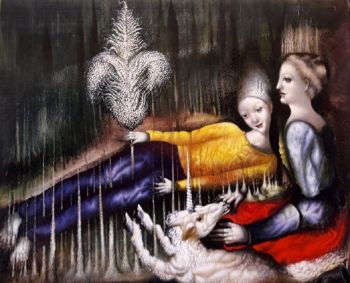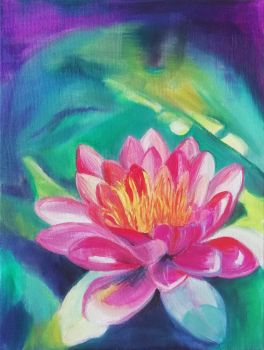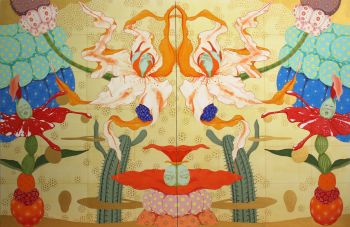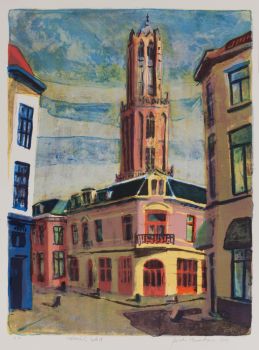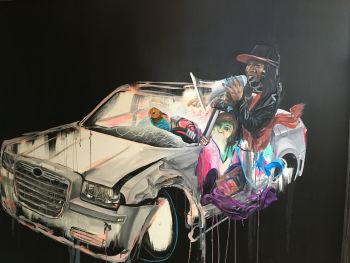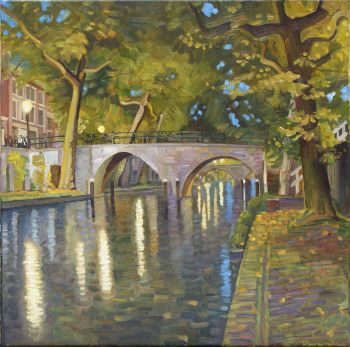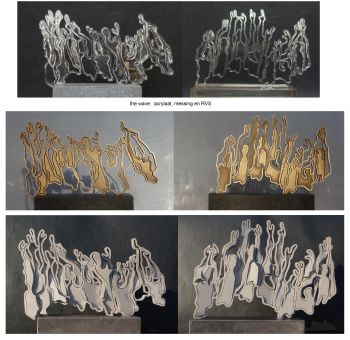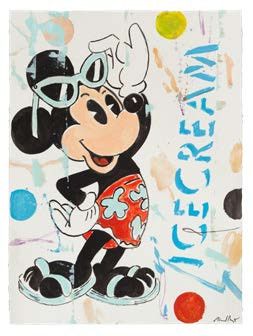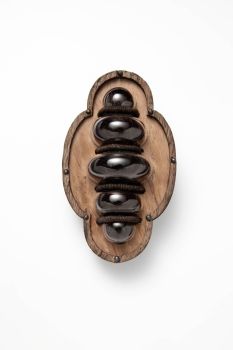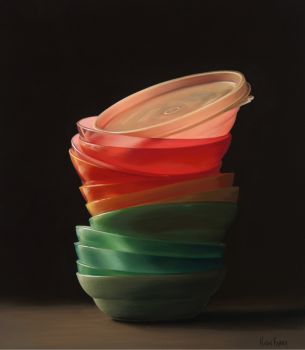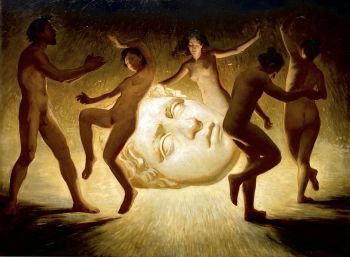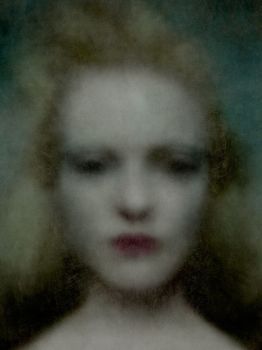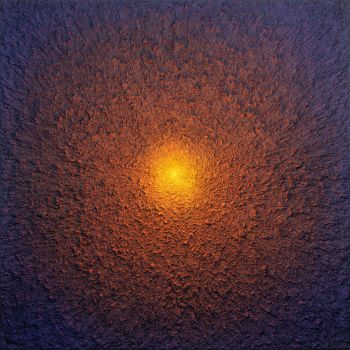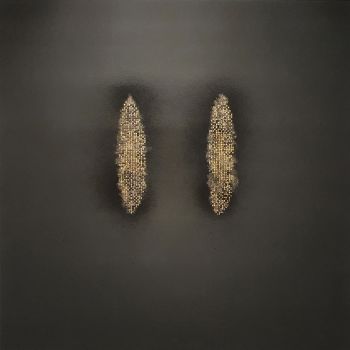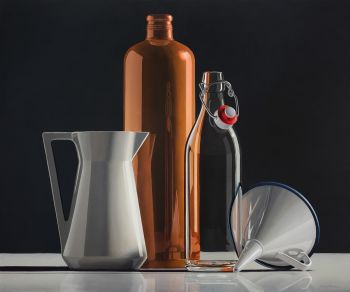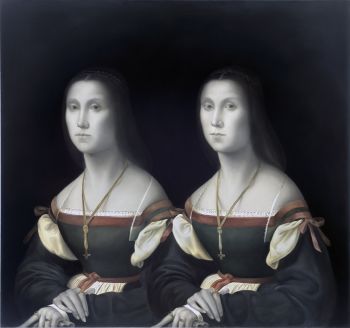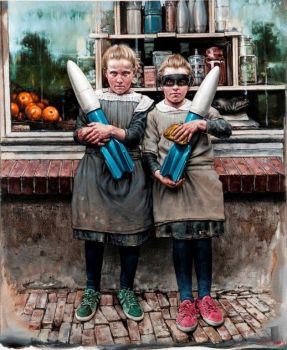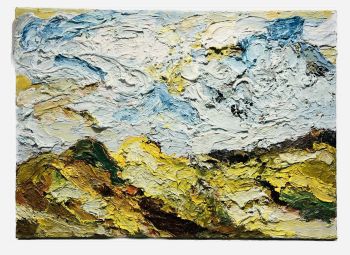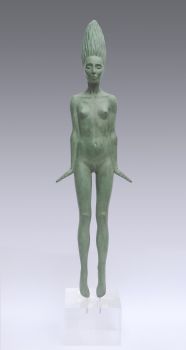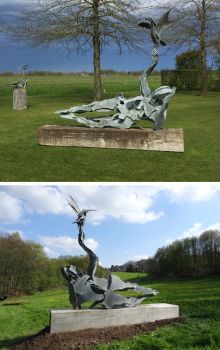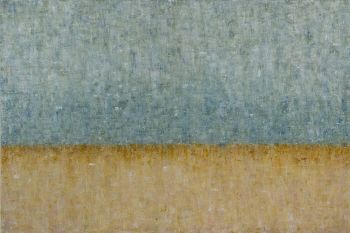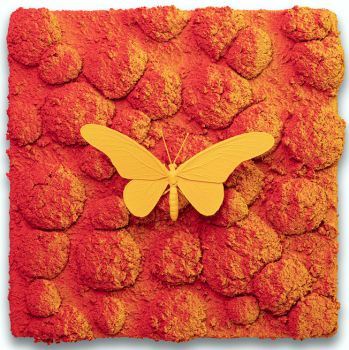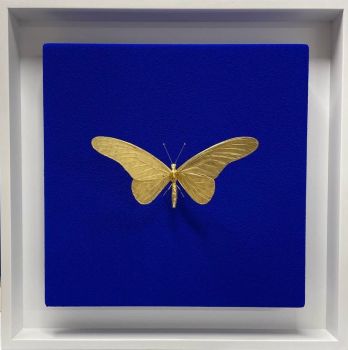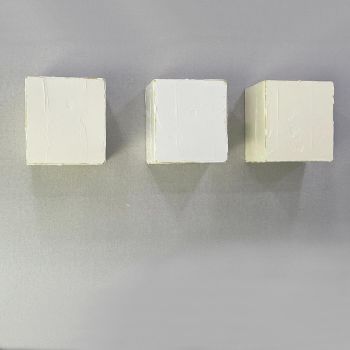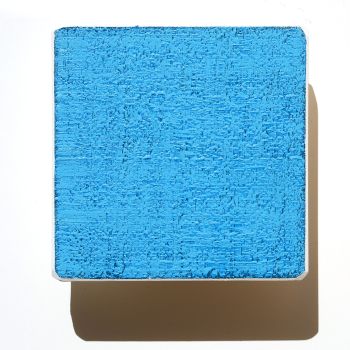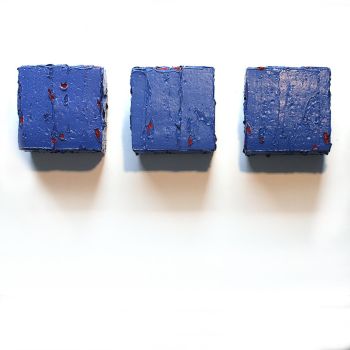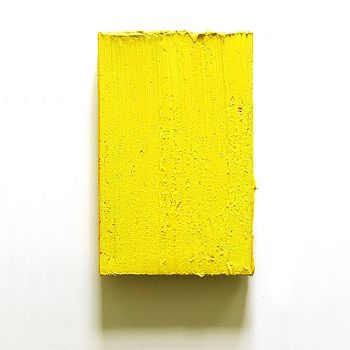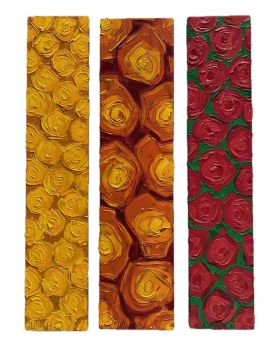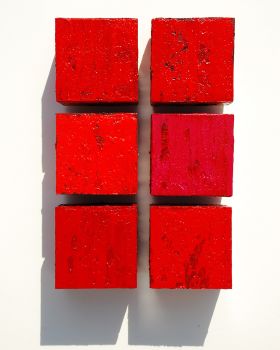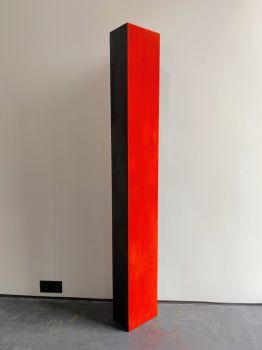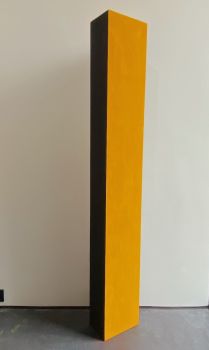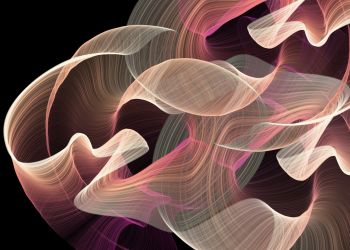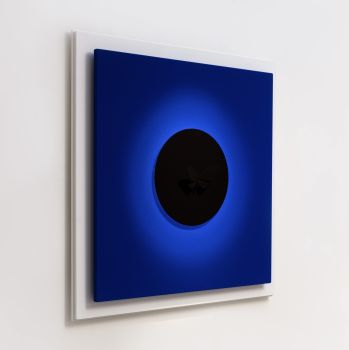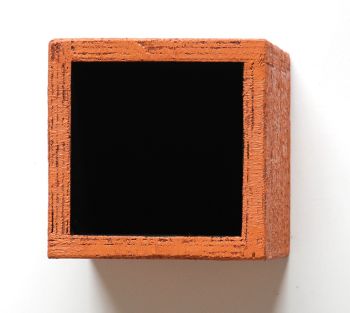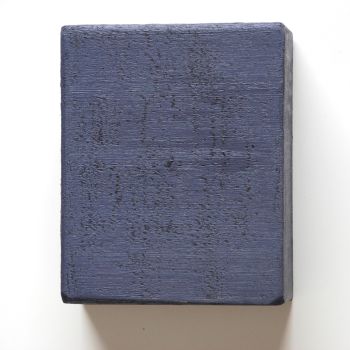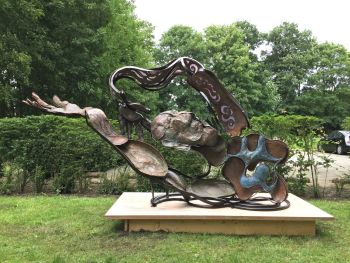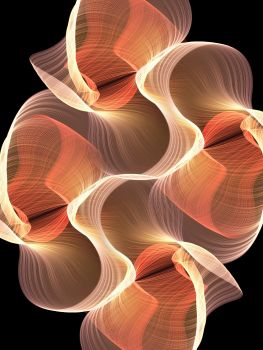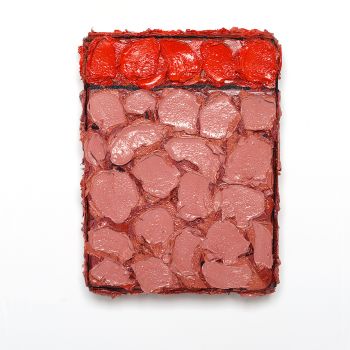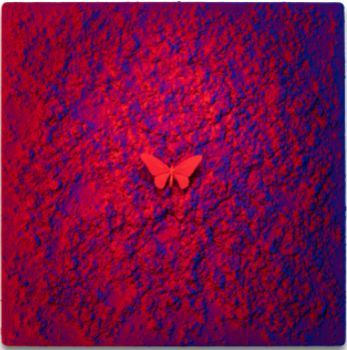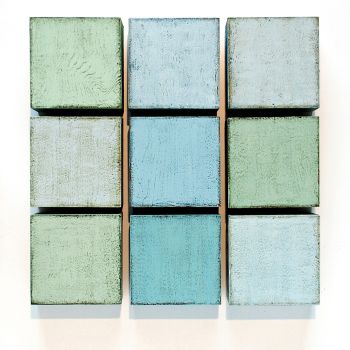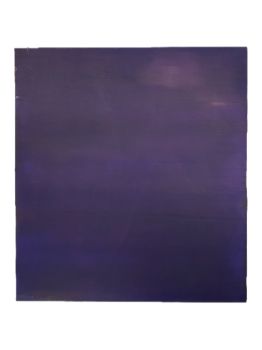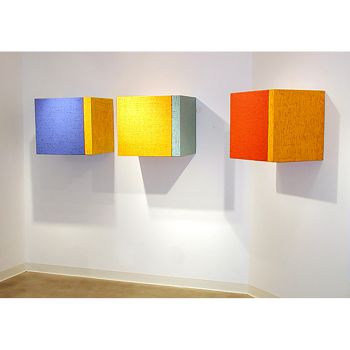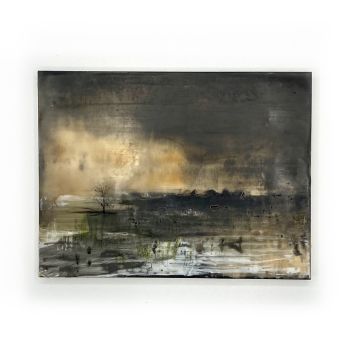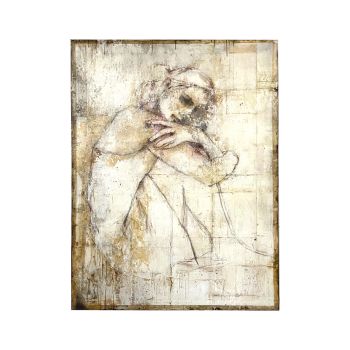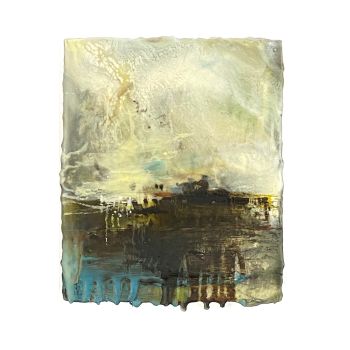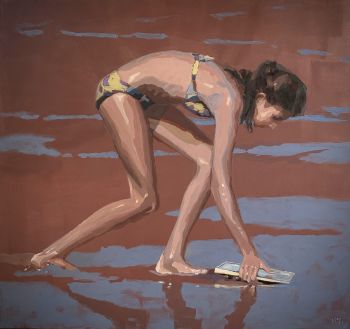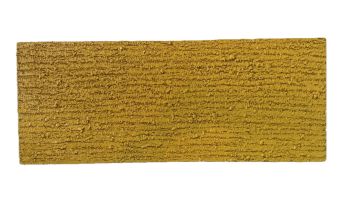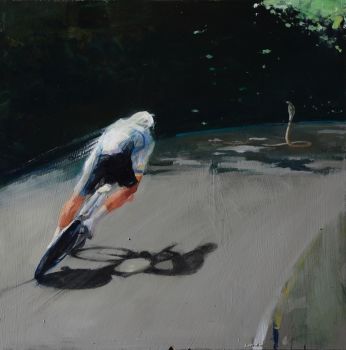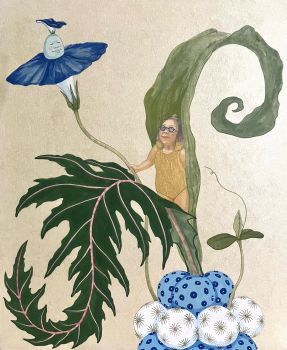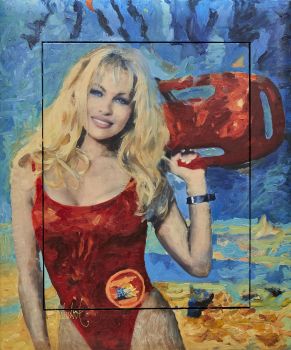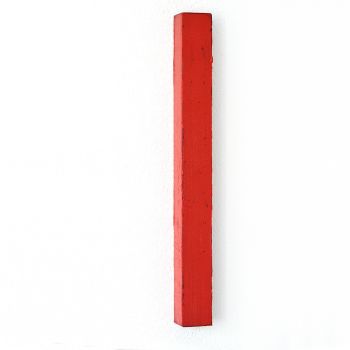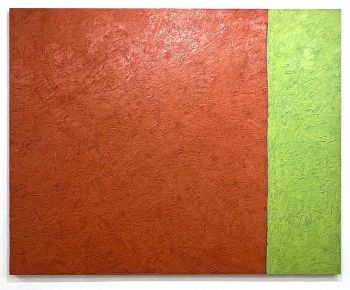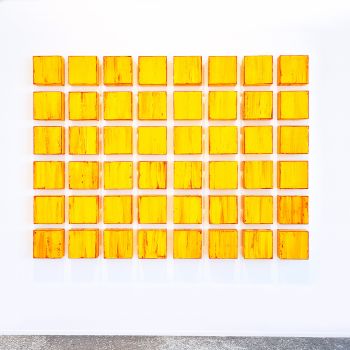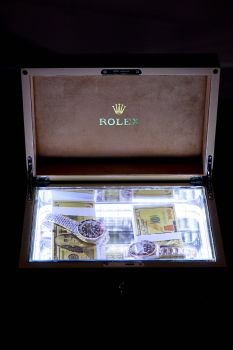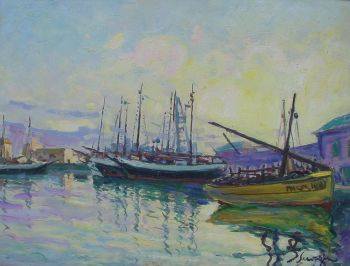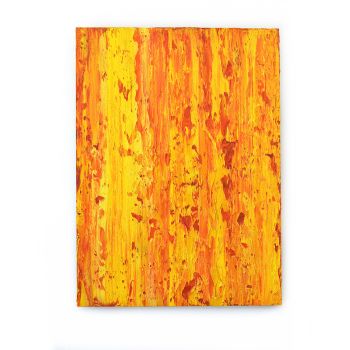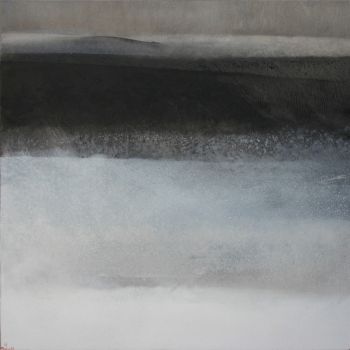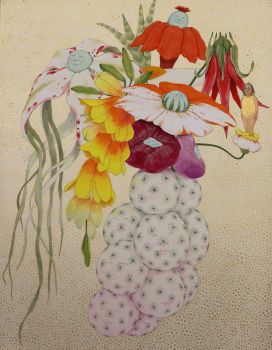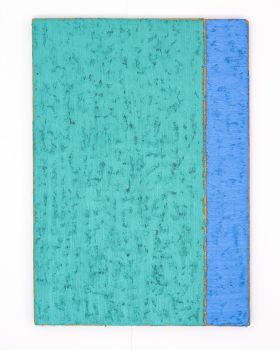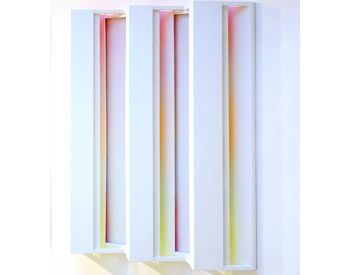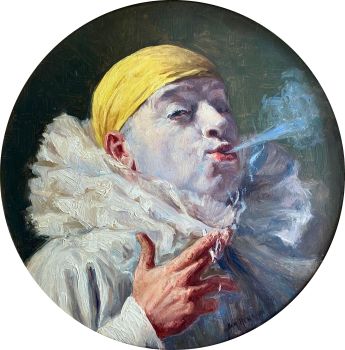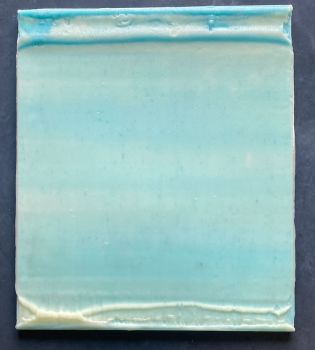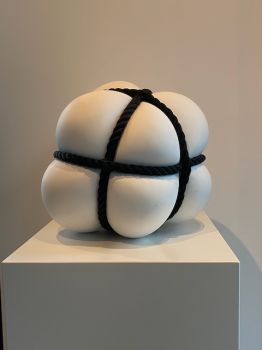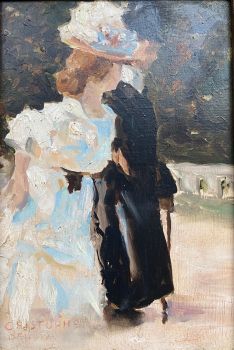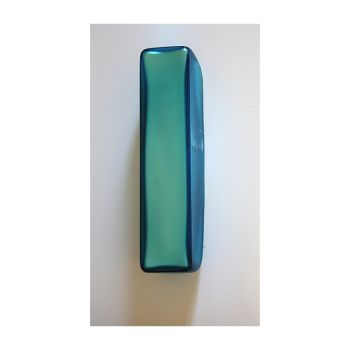Troug- Cadmium Yellow Deep 2003
JOHANNES GIRARDONI
MaderaCeraCera de abejas
254 ⨯ 28 ⨯ 55 cm
ConditionNeeds restoration
€ 5.000
Gallerease Selected
- Sobre la obra de arteExhibited in Museum Ludwig 2005
Part of Series 2003–2011, Beeswax, pigment, wood
Light Reactive Organic Sculptures comprise an extensive body of work that has evolved over the past two decades. The work focuses on reductive investigations at the intersection of sculpture and painting, and explores the continuously shifting relationship between light and material. Despite an elemental material vocabulary — found wood, beeswax, and pigment — the work’s physical constellation becomes both the carrier of an explicitly painterly event, while also being the foundation of an immaterial phenomenon. The pieces are often examinations of phenomenological processes, where a hollow or empty space — a tangible emptiness — turns out to be the actual center of the work. Opposites and contradictions, as well as the complex dialectic between them, are the fundamental themes. The orchestration of material and light, presence and absence, things found and things formed, all resist clear fixation, thereby maintaining and creating works with their own non-derivable reality.
The primary material organization is found wood that forms the base for color built with pigment and beeswax. The wood is harvested from urban debris at building constructions and deconstructions, and in its worn and deteriorated condition, creates an instant history. These structures become the foundation for an architecture of color in which the material is color, and the color is material. Built by suspending varying degrees of pigment in layer over thin layer of beeswax, light travels into the wax and encircles the pigment. This results in light reactivity, and juxtaposed to the static, aged structure of the wood, the sculptures’ pigmented wax evolves and adapts to changing ambient light situations. These sculptures hold light.
"Girardoni’s use of wax, influenced by Jasper John’s paintings with encaustic — such as Flag and Target — and related to Brice Marden’s use of the material in his opaque, monochrome pictures from the 1960s, ultimately led the artist to sculptural procedures: “Wax catalyzed the move away from ‘painting’ … The beeswax allowed me to ‘build’ color.” Girardoni prefers using wooden slats, boards, or parts of wooden beams as construction material, where traces of their use have been recorded. To this the artist applies the material color — pigmented wax. Through their ready-made character the artist instills a uniqueness and reference to life in the objects. At first glance, the works, which are oriented towards geometric forms and series, seem like minimalist art in the succession of Carl Andre, Sol LeWit and Donald Judd. The major difference in Girardoni’s works, however, is that they have an organic and human atmosphere, while the cubes, fences and plates, due to their industrial production, emanate coolness. (…) Even though Girardoni leaves both the inner and outer panels abstract, he is nevertheless concerned with a contemplative experience, and not solely with a matter-of- fact inventory of color, material, and structure. Joseph Beuys had attributed beeswax a symbolic-spiritual function, that of warmth and energy. These may also be experienced in Girardoni’s objects, paired with painterly, coloristic, and tactile qualities".
– Florian Steininger - Sobre el artista
Reconocido por su cautivadora fusión de medios digitales y analógicos, Johannes Girardoni, un artista austríaco-estadounidense nacido en 1967, ha dejado una huella indeleble en el ámbito de la escultura y el arte de instalación. Desde creaciones pequeñas e intrincadas hasta maravillas luminosas expansivas e interactivas, el repertorio artístico de Girardoni abarca un espectro impresionante.
Criado en un pintoresco pueblo cerca de Viena, el viaje creativo de Girardoni trascendió continentes cuando se mudó a California con su familia en 1982, cuando tenía catorce años. Sus años de formación en Bowdoin College, Maine, de 1985 a 1989, donde realizó una doble especialización en Historia y Arte, sentaron las bases de su odisea artística. En particular, durante su mandato en Bowdoin, Girardoni perfeccionó su oficio como artista invitado en el prestigioso MIT Media Lab.
La evolución artística de Girardoni de la expresión bidimensional a la tridimensional refleja su inclinación por la experimentación. Influenciado por las técnicas de pintura con cera caliente de luminarias como Brice Marden y Jasper Johns, su obra encarna una convincente interacción de contrastes formales.
El mundo se dio cuenta del ingenio de Girardoni con su primera exposición en Nueva York en 1991, catalizada por la mirada perspicaz del curador de arte Friedhelm Mennekes. A lo largo de los años, la huella artística de Girardoni se expandió a nivel mundial, con exhibiciones notables como la exposición Personal Structures de 2005 en el Museo Ludwig, Alemania, y la participación en la exposición Origins patrocinada por el Hudson Valley Center for Contemporary Art en Peekskill, Nueva York.
Una de las contribuciones fundamentales de Girardoni es el concepto de "escultura repetida", ejemplificada por su instalación de 2009 "7 minutos 20 segundos" en la exposición Migración creativa del Foro Cultural Austriaco en Nueva York. Su obra maestra, "La (des)aparición de todo", presentada en la 54ª Bienal de Venecia en 2011, combina a la perfección luz y sonido en una experiencia inmersiva e interactiva.
El año 2013 fue testigo del fascinante escaparate de Girardoni titulado "Off and On" en Nye & Brown en Los Ángeles, CA, que presenta instalaciones de vanguardia que transmutan la luz y el sonido a través de tecnología de vanguardia. En particular, su exposición de encuestas de 2018 en Levy Gorvy London, titulada "Sensing Singularity", mostró la innovadora instalación "Metaspace V3", un testimonio del espíritu pionero de Girardoni en la integración de elementos basados en software con la interacción humana.
Entre sus obras notables, "The Infinite Room", una escultura monumental ubicada en el estado de Washington, y "Spectral Bridge", una maravilla arquitectónica que adorna Spectral Bridge House en Venice, CA, son testimonios de la destreza artística de Girardoni. Un tomo titulado "Johannes Girardoni", publicado en 2007, ofrece una visión completa de su viaje artístico, mientras que su inclusión en las estimadas colecciones de instituciones como el Museo Fogg de la Universidad de Harvard y el Museo Ludwig de Colonia, Alemania, subraya su legado perdurable. .
Las contribuciones estelares de Girardoni han obtenido elogios, que culminaron en elogios como el prestigioso Premio Francis J. Greenburger en 2019. Tanto críticos como conocedores han elogiado el trabajo de Girardoni por su resonancia evocadora y su innovadora fusión de medios. Desde los exuberantes paisajes de Hungría hasta las bulliciosas calles de Nueva York, el arte de Girardoni trasciende fronteras e invita a los espectadores a un trascendente viaje de exploración e introspección.
¿Está interesado en comprar esta obra de arte?
Artwork details
Related artworks
Linda Verkaaik
The Wave 15/20/30 cm - acrylic/ brass/RVS2020
Precio a consultarGalerie Bianca Landgraaf
Mary Alacoque Waters
'Unknown Twins' after Rafael1999 - 2004
Precio a consultarGalerie Mia Joosten Amsterdam
1 - 4 / 24Samuel Dejong
Anatomia Blue Heritage, Atlas Closed2017 - 2019
Precio a consultarVilla del Arte Galleries
1 - 4 / 24Artista Desconocido
An Indian part-gilt silver-clad ceremonial sceptre or mace with a tiger’s head1850 - 1900
Precio a consultarZebregs & Röell - Fine Art - Antiques
 curada por
curada porDanny Bree
1 - 4 / 24- 1 - 4 / 12

